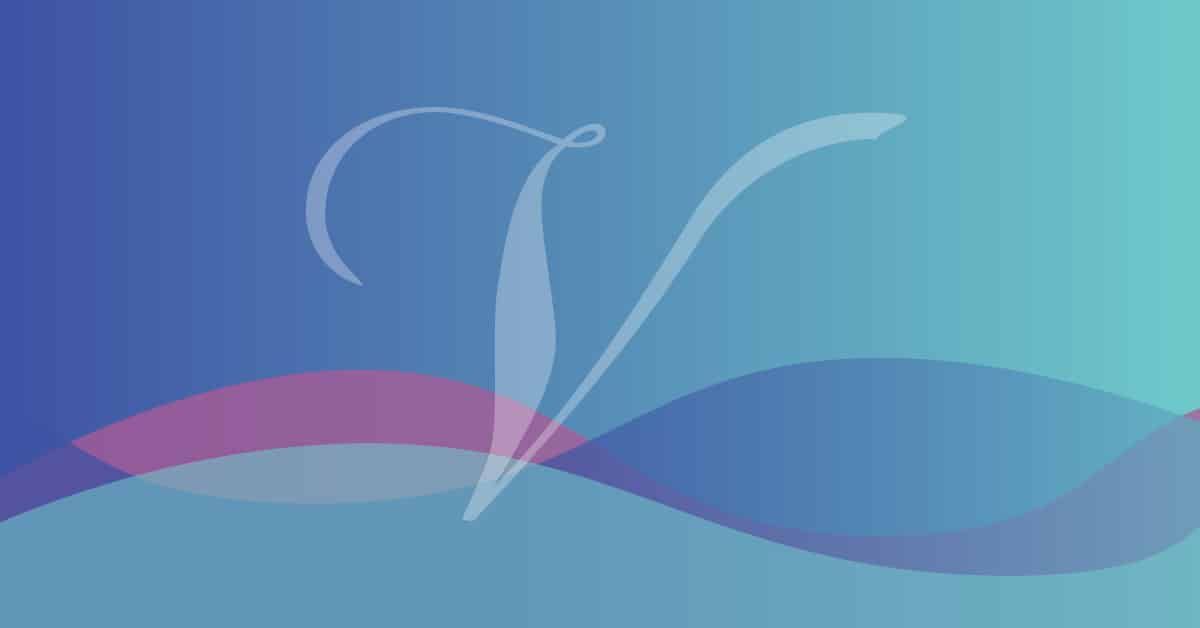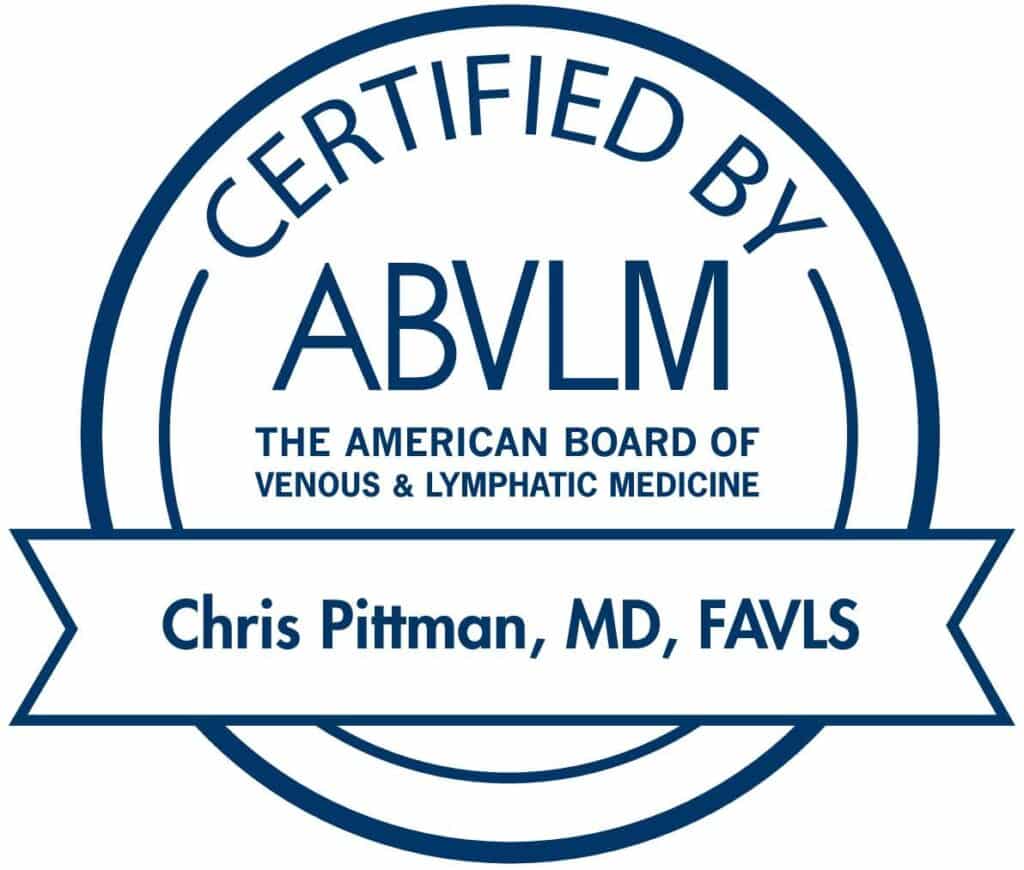For most patients, spider veins don’t present a significant medical problem. However, they can affect an individual’s self-confidence. Fortunately, physicians are able to easily get rid of them, thanks to two treatments.
Why Do Spider Veins Form?
These abnormal vessels take their name from their resemblance to a spider’s web. Usually red or blue, they most often appear on the legs or the face. While a spider vein is similar to a varicose vein, it is smaller, less than 1 mm in diameter, and is usually closer to the surface of the skin, according to the UCDavis Health System. A varicose vein has a diameter of more than 3 mm.
A vein is a soft-walled vessel with the job of transporting blood from the lower extremities to the heart. Each vessel has a one-way valve that prevents blood from going backward despite gravity. When vessels becomes damaged, these valves weaken, allowing blood to pool behind them. Pressure from this pooled blood causes a vessel to dilate and thicken. The result is a spider or a varicose vein.
Physicians associate a number of risk factors with spider vein development. The most common include:
Heredity
Being female
Advancing age
Being obese or overweight
A leg injury
Hormonal factors
Being pregnant
Treatment Options
Getting rid of a spider vein problem is easier than ever today. Two outpatient therapies are available.
Many doctors refer to sclerotherapy as the gold standard of spider vein treatment. It is also useful for eliminating small varicose vessels. Using a very fine needle, the physician injects each targeted vein with a special liquid known as a sclerosant.
The Mayo Clinic explains that this liquid works by causing irritation to the vein lining, resulting in swelling and closure. The vein eventually disappears. Surrounding vessels assume the circulatory workload of the ones destroyed. Most patients report little if any discomfort during this procedure and are able to return to their normal routine, absent any strenuous activities, the following day.
Spider vein patients who wish to avoid injections have the option of treatment with the VeinGogh Ohmic Thermolysis Treatment System. VeinGogh™ indicates that an adult in good health with thin spider vessels is a good candidate. However, this therapy does not treat larger, deeper vessels or feeder vessels.
Treatments usually last 30 minutes or less, depending on the number of vessels targeted. The physician uses radiofrequency energy administered through a very fine probe to get rid of each unwanted vessel in any part of the body. VanGogh eliminates vessels immediately and is particularly useful for those that have proven resistant to sclerotherapy, pulsed light therapy, or laser treatment.
It is important for patients to realize that no spider vein treatment can prevent the formation of new vessels over time. For this reason, some individuals return periodically for additional sessions.











